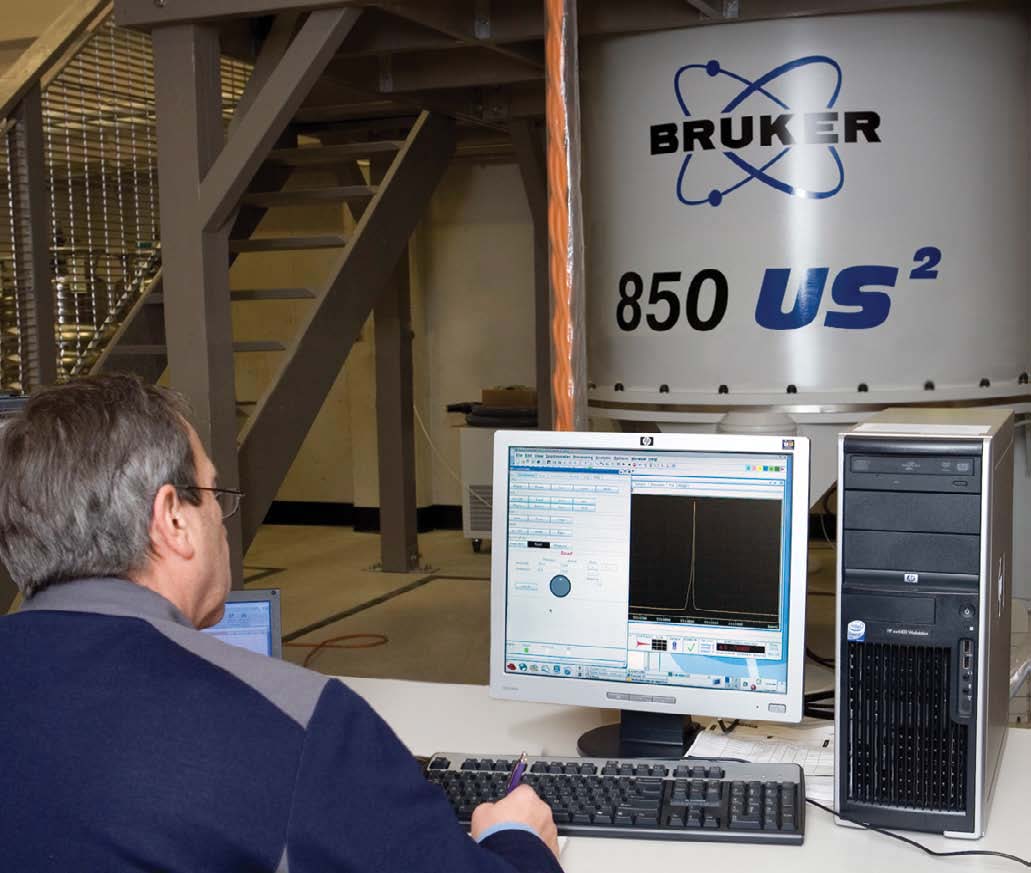A researcher specializing in indentifying biomarkers for childhood obesity may wish for the insights made possible through the use of a powerful nuclear magnetic resonance (NMR) spectrometer situated on the other side of the state. Now this dream scenario is possible through special network connections over OSCnet and software being developed by members of the Cyberinfrastructure Software Development Group at the Ohio Supercomputer Center.
With funding from the Ohio Board of Regents and in partnership with The Ohio State University and Miami University, OSC is developing a statewide cyberinfrastructure to provide access over the Internet to Ohio’s most valuable and expensive scientific instruments. OSC is developing web-portals that integrate the Center’s Remote
Instrumentation Collaboration Environment (RICE) software. The web-portal and RICE software together support multi-user session presence, user control management, live video feeds between Ohio labs, and collaboration tools such as Voice over IP and chat.
Recently, Miami University Professor Michael Kennedy, Ph.D., has partnered with OSC to “cyber-enable” the university’s “only-one-of-its-size” 850-megahertz nuclear magnetic resonance (NMR) spectrometer.
“While my Miami colleagues, students and I are fortunate to have this amazingly sophisticated instrument available for our vital research projects, it’s also important to make this unique NMR resource available for remote instruction and operation to my more distant research and teaching associates,” said Kennedy, an Ohio Eminent Scholar in structural biology.
At The Ohio State University’s Analytical Spectroscopy Laboratory, lab manager Gordon Renkes has been working with OSC to develop a RICE software variant that addresses dual-screen resolution and collaboration tool requirements of their FTIRRaman Microprobe in order to work more closely with their partners in Alabama and California.
“OSC’s ultimate goal is to develop a remote instrumentation cyberinfrastructure that fosters research and training activities that can drastically shorten the innovation process in fields such as materials modeling and cancer research,” said OSC’s Prasad Calyam, Ph.D. “Such a service also improves user convenience, significantly reduces costs, and, ultimately, decreases duplication of instrumentation investments.”
--
Project leads: Prasad Calyam, Ph.D., OSC, Michael Kennedy, Ph.D., Miami University, & Gordon Renkes, Ph.D., The Ohio State University
Research title: User and network interplay in Internet telemicroscopy
Funding source: Ohio Board of Regents
